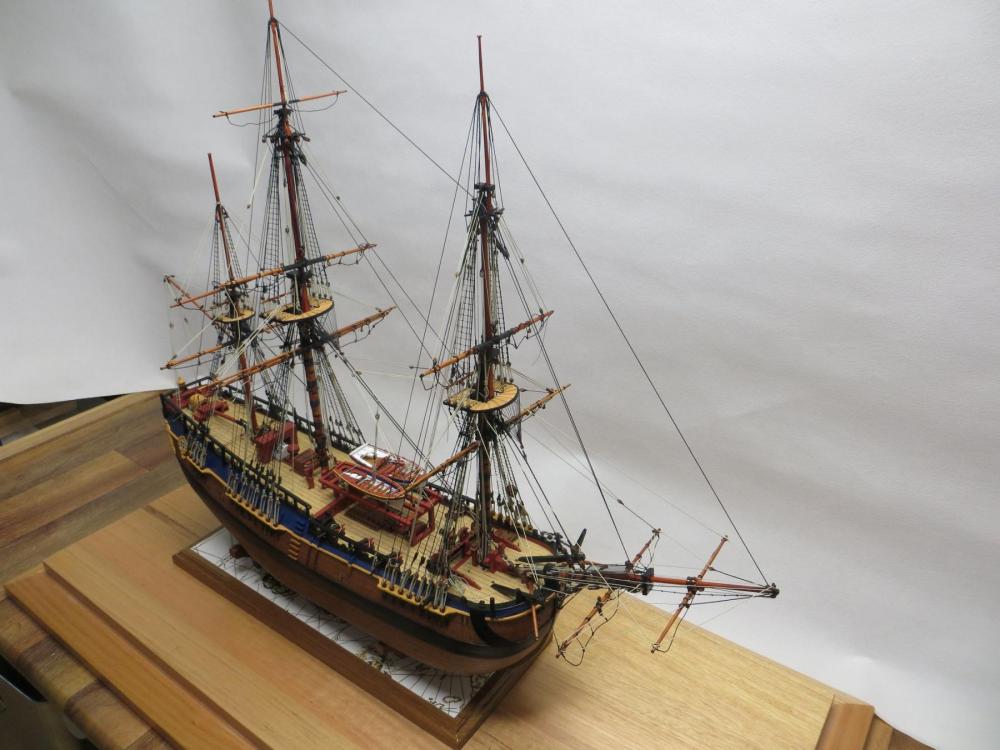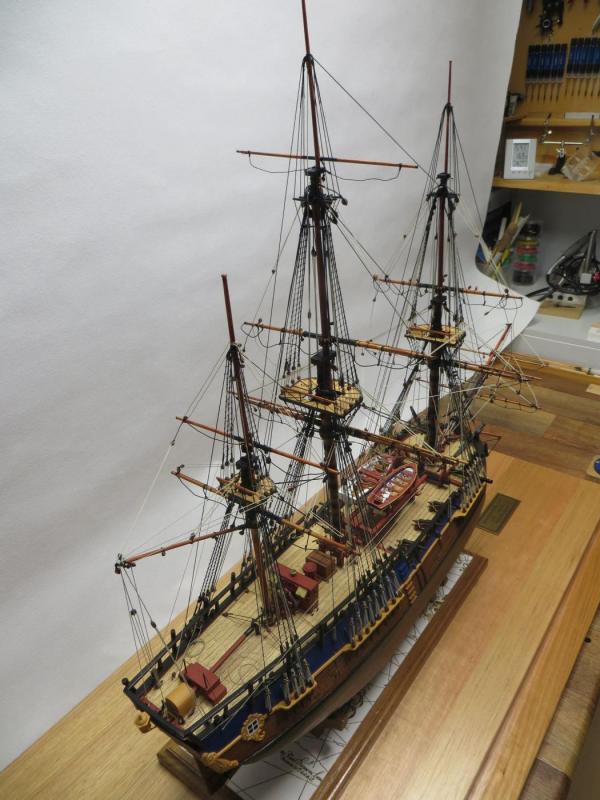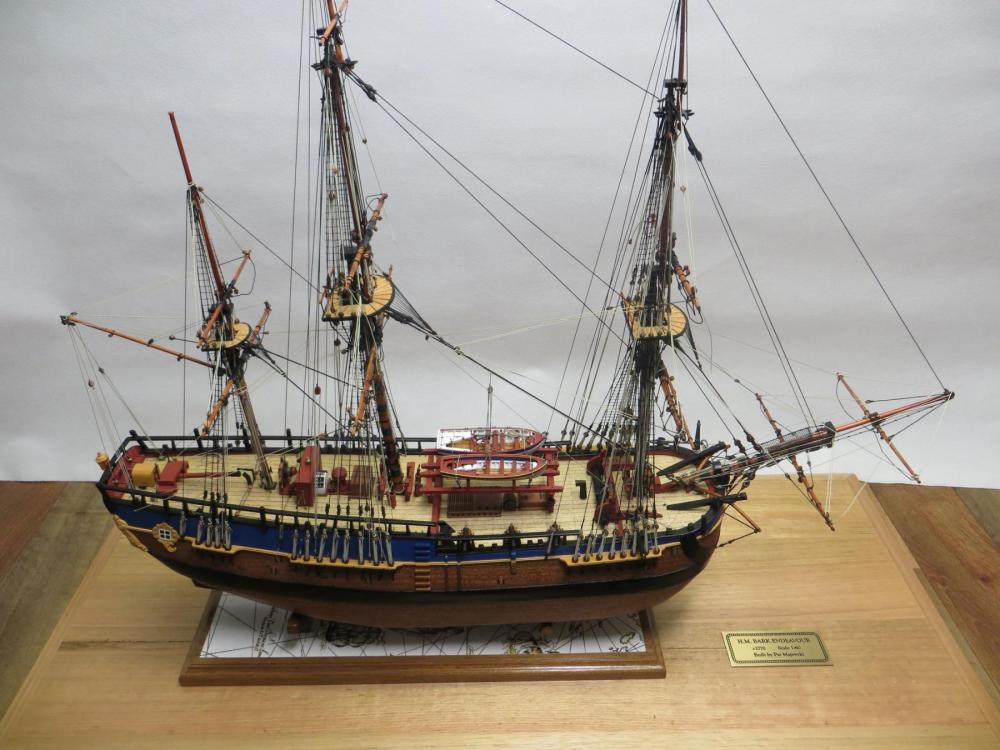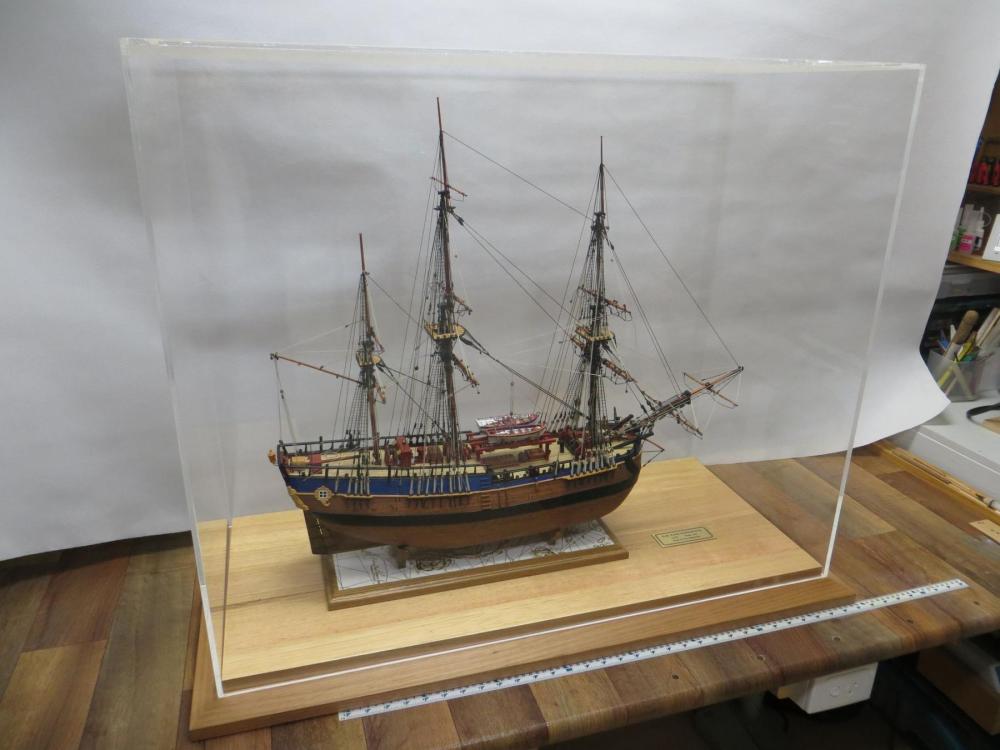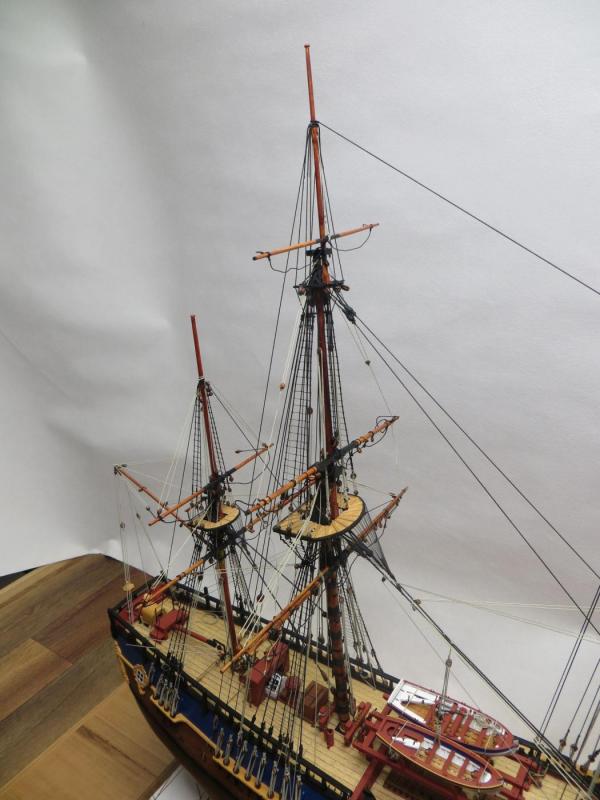-
Posts
5,938 -
Joined
-
Last visited
Content Type
Profiles
Forums
Gallery
Events
Everything posted by BANYAN
-
Some great rigging and fittings there Dave. Agree it is a good time to permanently fit the bowsprit etc; but, from experience be very aware of it - I don't know how many times I knocked it cheers Pat
-
Great to see you back Dave, she is looking grand! Very neat work mate. cheers Pat
- 962 replies
-
- sovereign of the seas
- ship of the line
-
(and 1 more)
Tagged with:
-
Very nice Chuck, that tick-jig will make life a lot easier cheers Pat
- 269 replies
-
- Queen Anne Barge
- Syren Ship Model Company
-
(and 1 more)
Tagged with:
-
Great to see you resolved ll of your PC issues Glenn. The progress and work is great; made my day cheers Pat
-
Some major milestones achieved Mark; looking good. Keep nibbling away at each major process step and eventually you will get there cheers Pat
-
Thanks Jason. That's an interesting fact Greg, wasn't aware of that. cheers Pat
- 517 replies
-
- Endeavour
- Artesania Latina
-
(and 1 more)
Tagged with:
-
Hi all, many thanks to all for looking in, the likes and comments. A couple of quick responses as I get on the road today Keith - not quite finished, still the fore top gallant spar, some rigging, fitting the small bits and pieces (e.g. deadlights, quarter shutters, swivel guns etc) - but not far off John, yes very impressive charting. Until relatively recently, some of the reef charts were still his original work which reflects on the quality of his surveying and navigation, and the trust placed in him by the Admiralty. cheers Pat
- 517 replies
-
- Endeavour
- Artesania Latina
-
(and 1 more)
Tagged with:
-
A nice little collection of boats mate cheers Pat
- 1,616 replies
-
- caldercraft
- agamemnon
-
(and 1 more)
Tagged with:
-
Hi again folks, Well it's time to provide an update. These photos show progress as of today, and will remain in this state for 5 weeks while I am travelling. I have temporarily stored her on her display stand inside the display case to try and keep some dust off. I have now completed most of the yards but I need more line for the remaining running rigging (especially braces etc) which I will sort on my return. Starting to show her final configuration. The display stand has a copy of Cook's actual chart of the east coast of Australia which is mostly hidden unfortunately. The plan is to mount the name/build plates in a 30 degrees off vertical position with one plate showing either side using a block of the same wood from which the base is made. this will be positioned ahead of the ship on the centre line and i will put the two remaining boats, one under sail, and the other on the yardarm tackles (main and for) just to display them differently. I am going to use an idea that Druxey used for his hospital barge (I hope you don't mind Druxet?) and mount the boat under sail on tall thin acrylic posts so that her waterline aligns with the ship's water line. the starboard anchor will also be rigged as if just hoisted to the cathead. cheers Pat
- 517 replies
-
- Endeavour
- Artesania Latina
-
(and 1 more)
Tagged with:
-
Great detailing Greg; especially the semaphores. that ruler in the last shot puts it all in perspective. cheers Pat
- 342 replies
-
- dreadnought
- zvezda
-
(and 2 more)
Tagged with:
-
Very nice Chuck, this will be another excellent model. cheers Pat
- 269 replies
-
- Queen Anne Barge
- Syren Ship Model Company
-
(and 1 more)
Tagged with:
-
Glad it's you and not me trying this at such a micro scale Piet. Did you try gluing up on wax (grease paper for cooking) as it won't stick to that I think. I do my gluing up on a glass plate, again for easy removal. cheers Pat
-
Great detail Greg. Boy are you moving along, I getting dizzy just following cheers Pat
- 342 replies
-
- dreadnought
- zvezda
-
(and 2 more)
Tagged with:
-
Thanks Chris, yep it is 61; interesting they also bring it down. Unfortunately for my rigging plan, I have been following the AOTS whom utilise these shroud cleats in a different sequence and it is already taken up. More to ponder. Appreciate your input, very useful. cheers Pat
-
You like to set yourself a challenge don't you Piet? That base is looking great, pity about the glass though. cheers Pat
-
The current netting looks great for scale Sjors, and Anja has done a great job fitting it. If the black does not work out, and you cannot live with the white, you could try to dye the white a darker colour (deep tan) in-situ with a paint brush loaded with the dye? Careful application should result in a neat finish and as the rails/stanchions are black you run minimal risk of discolouration of other parts. Just a thought. cheers Pat
- 1,616 replies
-
- caldercraft
- agamemnon
-
(and 1 more)
Tagged with:
-
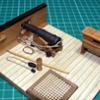
A Lorch Micro-Mill that never was ...
BANYAN replied to wefalck's topic in Modeling tools and Workshop Equipment
Another tantalising update Eberhardt - I have stocked up on the tissues so ready for the main installments That knurling tool does a great job. cheers Pat -
Thanks Mark and Frankie; much appreciate your responses. I have rechecked the AOTS (by Marquardt also) and again all that is said is "belays at Top" - so I think I will go with that - saves me a bit of rigging also . Frankie, that is a good solution; I will see if I can achieve that as it is a bit fiddle to reach in there but I should be able to do it. Many thanks again Pat
-
Thanks again to all the likes and comments; the encouragement sure helps with big decisions like this. Popeye, I won't tell anyone about the sheet lines if you don't . Thanks for the comment re the finish, but the photos hide some of it - they really do need a "cut and polish"; especially close to the iron work as evidenced in photo 4. cheers Pat
- 517 replies
-
- Endeavour
- Artesania Latina
-
(and 1 more)
Tagged with:
About us
Modelshipworld - Advancing Ship Modeling through Research
SSL Secured
Your security is important for us so this Website is SSL-Secured
NRG Mailing Address
Nautical Research Guild
237 South Lincoln Street
Westmont IL, 60559-1917
Model Ship World ® and the MSW logo are Registered Trademarks, and belong to the Nautical Research Guild (United States Patent and Trademark Office: No. 6,929,264 & No. 6,929,274, registered Dec. 20, 2022)
Helpful Links
About the NRG
If you enjoy building ship models that are historically accurate as well as beautiful, then The Nautical Research Guild (NRG) is just right for you.
The Guild is a non-profit educational organization whose mission is to “Advance Ship Modeling Through Research”. We provide support to our members in their efforts to raise the quality of their model ships.
The Nautical Research Guild has published our world-renowned quarterly magazine, The Nautical Research Journal, since 1955. The pages of the Journal are full of articles by accomplished ship modelers who show you how they create those exquisite details on their models, and by maritime historians who show you the correct details to build. The Journal is available in both print and digital editions. Go to the NRG web site (www.thenrg.org) to download a complimentary digital copy of the Journal. The NRG also publishes plan sets, books and compilations of back issues of the Journal and the former Ships in Scale and Model Ship Builder magazines.



